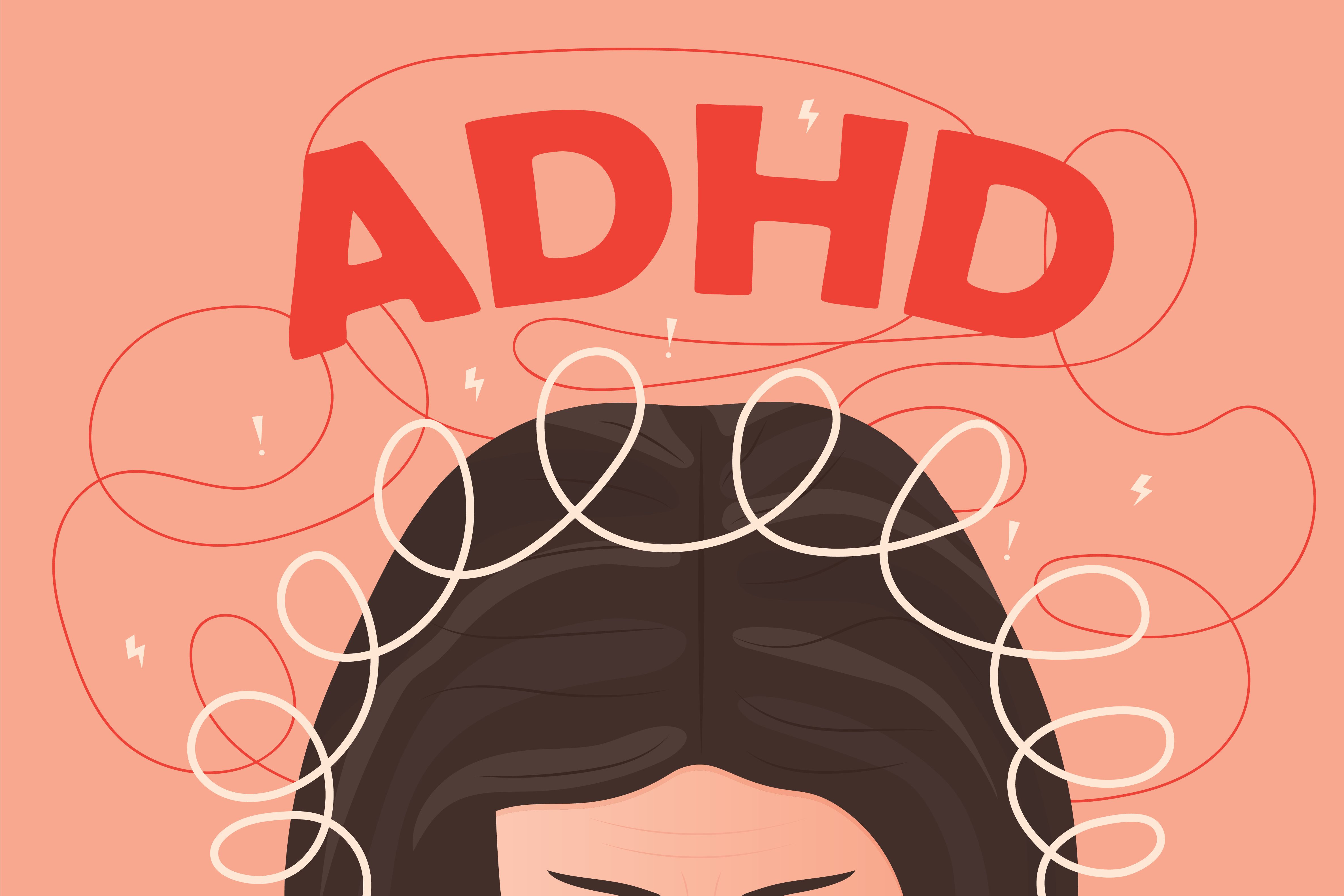News
Article
Innovative Biomarker Research Focuses More at Controls
Author(s):
Key Takeaways
- Arthur Caye's research focuses on stratifying control groups into high- and low-risk categories to enhance biomarker differentiation in psychiatry.
- The study on ADHD showed that high-risk controls exhibit neurobiological alterations similar to ADHD cases, improving differentiation.
A poster at the ACNP Annual Meeting utilized a novel risk-informed case-control design to improve biomarker differentiation for ADHD.
In an interview with Psychiatric Times, Arthur Caye, MD, PhD, highlighted his innovative research in addressing a persistent challenge in psychiatry—the limited utility of biomarkers in differentiating between clinical cases and controls. The poster by Caye et al, "Enhanced Neurobiological Biomarker Differentiation for Attention-Deficit/Hyperactivity Disorder through a Risk-Informed Case-Control Design," was presented at the 63rd Annual Meeting of the American College of Neuropsychopharmacology.
“When you look at the evidence behind the biomarkers and candidate biomarkers in psychiatry, the case-control findings are significant, but they have a huge overlap between cases and controls,” Caye said as he explained the rationale behind the poster.
To tackle this issue, Caye and his team adopted a novel approach by focusing on heterogeneity within the control group rather than focusing on the cases. They reasoned that controls, who are typically grouped together as non-affected individuals, vary significantly, particularly in their risk for developing a disorder. “If you think about depression, for instance, you may look at someone who doesn’t have depression but has a high risk for having depression, and you put that person within the controls, and this, of course, messes up with the analysis,” he noted.
Applying this concept to attention deficit/hyperactivity disorder, Caye and his colleagues stratified controls into high- and low-risk groups using a multivariable risk calculator. Unlike traditional approaches based on family history, this method integrates multiple factors, he explained,similar to cardiovascular risk scoring. The study then examined neurobiological differences, including subcortical volumes, polygenic risk scores, and executive function, across 3 groups: cases of ADHD, high-risk controls, and low-risk controls.
The findings were striking, Caye shared. “When we replicated the classical case-control analysis, we found the same that everybody found—controls and cases were different, but the differences were very small,” he said. “But when we separated 3 groups—low risk because they’re very different from the cases, and the high-risk controls—the differences, the effect size is doubled. And the overlap reduced a lot as well.”
High-risk controls exhibited neurobiological alterations similar to ADHD cases, revealing more pronounced distinctions between the groups, he added. This risk-informed design not only enhances biomarker differentiation but also holds promise for broader applications in psychiatry.
Caye emphasized the potential of this approach for other psychiatric disorders, such as depression and schizophrenia. “Once you have this kind of approach, you can maybe find real biomarkers that can make a difference and can be used in clinical practice,” he said. Furthermore, identifying biomarkers specific to high-risk individuals may guide preventive interventions. “If you find some alterations that are present in high-risk but not in cases, then this could be the key to understanding what are the targets for intervention that could provide that focus,” he added.
Caye also shared his insights on other presentations at the meeting, noting the collaborative nature of the researchers ultimately go to improving patient care.
Subscribe to Psychiatric Times for more interviews and research from the ACNP Annual Meeting.






